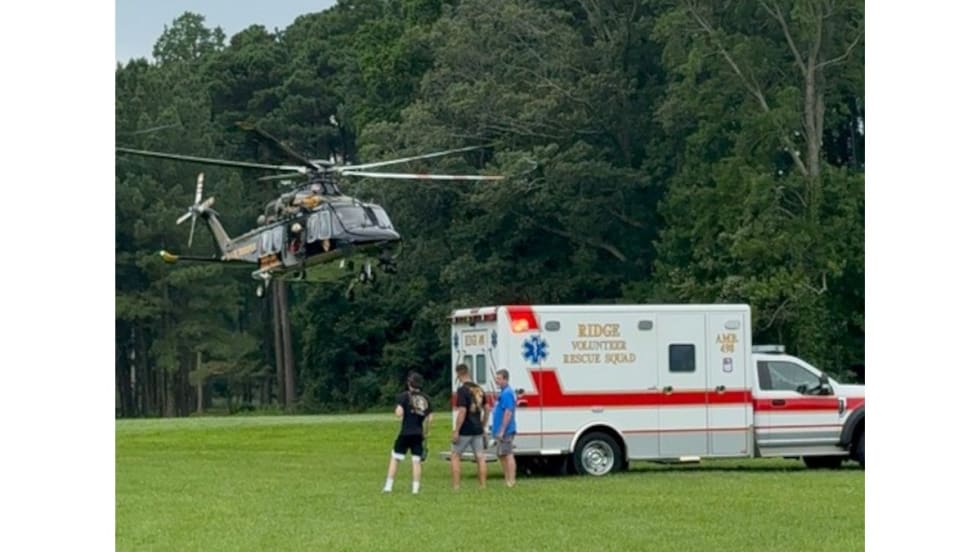One of the most important duties of the tactical medic is to create a formal medical threat assessment (MTA) for each training and operational deployment. A typical MTA includes consideration of issues such as environmental conditions, fatigue, nutritional issues, plant and animal threats, and a plan for extrication and transport of patients.
Medical intelligence should be gathered prior to or during the mission. This assessment includes details such as who is involved, ages of those involved, medical history, background, any pre-existing medical conditions, geographical location, and even the weather. The MTA is not just essential for the tactical medic’s operations; it is also a critical tool for the team commander as he plans the mission. SWAT commanders consider information from many sources when they create a tactical plan for a mission, including manpower, building layouts, street layouts, support equipment, nature of the mission, available weaponry, and the reliability of the sources of intelligence. The team medic’s assessment should be part of this analysis and planning.
It is the responsibility of the tactical medic to provide a concise and accurate medical briefing to the commander. Medical threat assessment forms should be used on every mission to ensure a systematic approach to the assessment process because only a systematic approach ensures complete assessment of the situation.
Lawrence E. Heiskell, M.D., FACEP, FAAFP, is a practicing emergency physician, a reserve police officer, and a tactically trained SWAT team physician with the Palm Springs (Calif.) Police Department, as well as a member of the Police Advisory Board.
Tactical Medics and Weapons Handling
Tactical medics have to be more than just emergency medical personnel; they have to be tactically aware and well versed in the weaponry used by their teams.
Tactical medics can be sworn officers whose primary duties are as an operator on the unit or they can be medical professionals who work with the team. Either way, tactical medics are going in harm’s way, and they should be qualified to carry arms so they can protect themselves.
Even if your medic is a civilian who is not permitted to carry a weapon during your operation, he or she needs weapons training. One of the duties of a tactical medic is to take charge of an officer’s weapon when his condition requires that he be disarmed. For example, if the officer becomes disoriented, he may become a danger to himself and anyone around him if he is left in charge of his weapon. In this case, the medic needs to take charge of all of the officer’s weapons and render them safe.
A tactical medic should be familiar with every handgun, shotgun, rifle, submachine gun, assault rifle, chemical launcher, and less-lethal weapon used by his or her team. All tactical team members, whether providers or not, should be able to use any weapon a team member carries and render it safe.
Injuries From Breaching Charges and Flash-Bangs
When developing a medical threat assessment for his or her team, a tactical medic should consider not just the threats presented by the bad guys but also injuries that can occur from the use of SWAT tools, including breaching and distraction charges.
Before each mission, the medic should consult with the team’s breaching expert regarding the types of explosives he plans to use and the blast forces that may be encountered.
Some of the medical problems that can be caused by flash bangs and breaching explosive even when they are used properly include:
• Burns, both minor and major.
• Smoke-induced bronchospasm.
• Vestibular dysfunction.
• Transient visual disorientation.
• Emotional upset and anxiety.
• Eardrum rupture has not been reported in general use, but it is possible.











